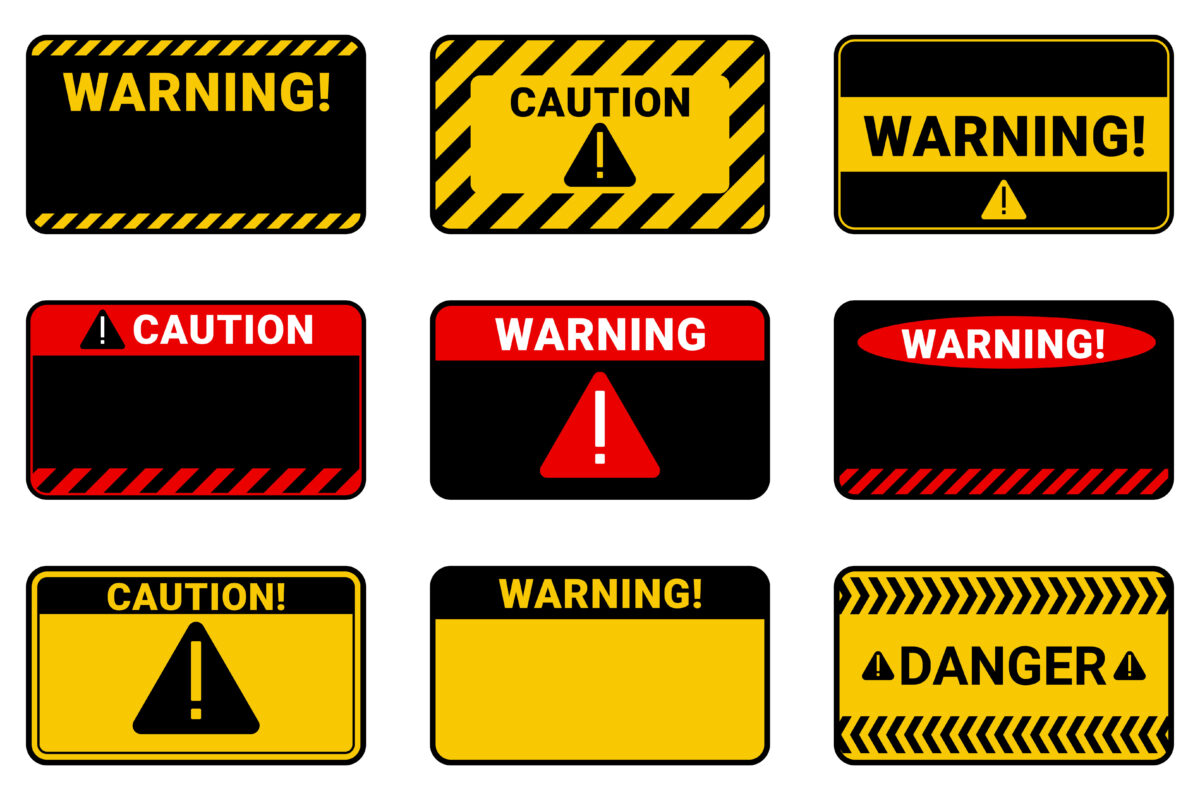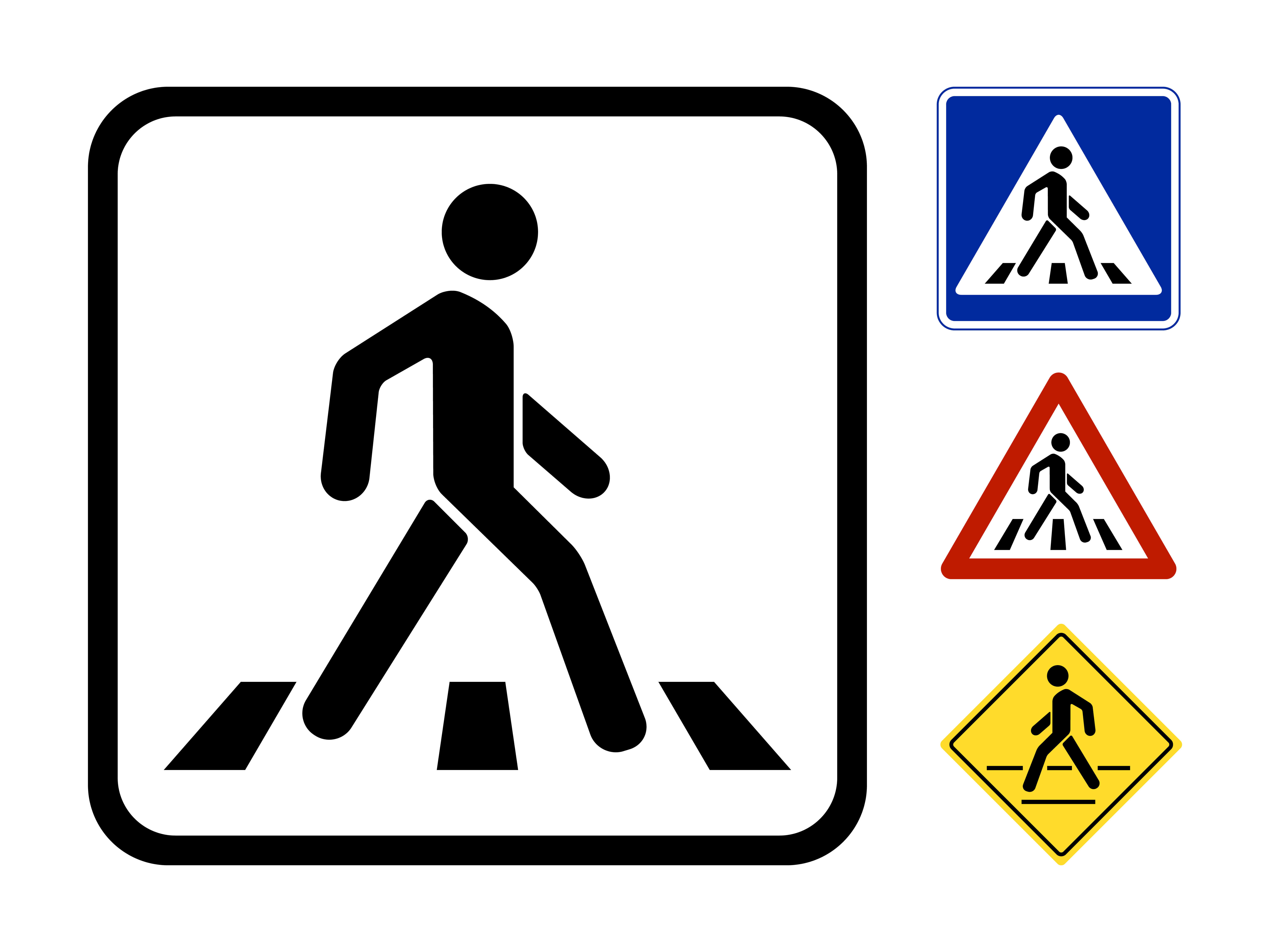When you’re walking through a neighborhood, cruising through town, or heading past a school, there’s one sign that’s easy to spot — the pedestrian crossing sign. It’s there to alert drivers and protect people on foot. But have you ever wondered what color a pedestrian crossing sign is, and why it’s designed that way?
In this article, we’re breaking down the color, shape, and meaning behind pedestrian crossing signs, why visibility matters, and how these signs keep everyone a little safer out on the road.
So, What Color Is a Pedestrian Crossing Sign?
The most common and modern pedestrian crossing sign color is fluorescent yellow-green. This bright color was chosen for a reason: it’s incredibly visible both during the day and at night, in clear weather or in the rain.
You’ll typically see this neon greenish-yellow color used for:
- Pedestrian crossings
- School crossings
- Bicycle crossing areas
- Playgrounds or areas with high foot traffic
This color isn’t just eye-catching — it’s intentional. The goal is to give drivers more time to notice the sign and react accordingly.
Why This Color Matters
The fluorescent yellow-green hue isn’t chosen randomly. The pedestrian crossing sign color meaning is about safety, visibility, and fast reaction times.
Here’s why it’s used:
- High Visibility: It pops against trees, buildings, and typical road scenery.
- Quick Recognition: Drivers instantly associate the color with caution.
- Safety First: It helps reduce the chances of accidents involving pedestrians, especially in busy areas.
The Federal Highway Administration (FHWA) recommends this color because it’s shown to be more visible than standard yellow, especially in poor weather or low-light conditions.
What About Yellow Pedestrian Signs?
In some places — especially older neighborhoods or roads that haven’t been updated — you might still see yellow pedestrian signs. These signs also signal caution and alert drivers to pedestrian activity.
So, what’s the difference between white and yellow pedestrian signs?
- Yellow or Fluorescent Yellow-Green: Meant to warn drivers about pedestrian areas.
- White Signs with Black Text or Graphics: These are regulatory signs, meaning they carry the force of law. A good example is a “Yield to Pedestrians in Crosswalk” sign.
In short, yellow (or the newer yellow-green) means “Watch out,” while white signs are more about rules you must follow.

Shapes and Symbols: What to Look For
Now that we know the color, what about the shape? Most pedestrian signs come in a diamond shape, like many other warning signs. You’ll often see a silhouette of a person walking, sometimes accompanied by arrows pointing to the crossing area.
Some signs may also include text like “Pedestrian Crossing” or “School Zone,” depending on the location.
To sum it up:
- Diamond Shape + Yellow-Green Color = Caution for Pedestrians
- Rectangular White Signs = Rules/Regulations (like Yield signs)
These designs are made to be instantly recognizable, even from a distance or when driving at higher speeds.
Visibility Standards: Safety in Design
Pedestrian crossing sign visibility standards are no joke. They’re part of traffic safety regulations that aim to protect both pedestrians and drivers. Here’s what makes them effective:
- Contrast: The black figure on a fluorescent background is easy to see.
- Placement: Signs are typically placed well before the crossing area to give drivers time to react.
- Height and Size: Signs are mounted at an optimal height and large enough to be seen from a distance.
These simple design details contribute to fewer accidents and safer streets.
Why Sign Colors Are Standardized
Ever wonder why traffic signs all seem to follow a specific color code? That’s not a coincidence — it’s a safety standard. Here’s a quick overview of what different traffic sign colors typically mean:
| Color | Meaning | Examples |
| Fluorescent Yellow-Green | Pedestrian/bicycle/school crossing | Pedestrian signs, school zones |
| Yellow | General warning | Slippery road, sharp turn ahead |
| White | Regulatory (must follow) | Speed limits, crosswalk rules |
| Red | Stop or prohibition | Stop signs, No Entry |
| Green | Direction or guidance | Highway exits, street names |
| Blue | Services | Hospitals, rest stops |
| Orange | Construction or maintenance warning | Road work ahead |
Standardizing traffic sign colors helps everyone — from new drivers to seasoned commuters — recognize and understand road messages more quickly.
What Does It Mean for You as a Driver or Pedestrian?
Whether you’re walking or behind the wheel, understanding what pedestrian signs mean can help keep you and others safe.
For Drivers:
- Start slowing down when you see a fluorescent yellow-green sign.
- Watch for crosswalks, especially in neighborhoods and near schools.
- Yield to pedestrians even if they’re not in the crosswalk yet — it’s safer and often required by law.
For Pedestrians:
- Use designated crossing areas whenever possible.
- Be aware that not all drivers pay attention — even if the sign is visible.
- Teach kids what the signs mean so they know how to stay safe, too.
Final Thoughts
The next time you spot that bright fluorescent yellow-green pedestrian sign, you’ll know exactly what it means — caution, awareness, and a moment to slow down and check your surroundings. These signs may be simple, but they serve a powerful purpose.
So, to wrap it up — what color is a pedestrian crossing sign? It’s that hard-to-miss yellow-green shade that tells drivers, “Hey, slow down. Someone’s walking here.” And now, you’ll not only recognize it, but you’ll understand why it’s designed the way it is — for safety, clarity, and quick response.



